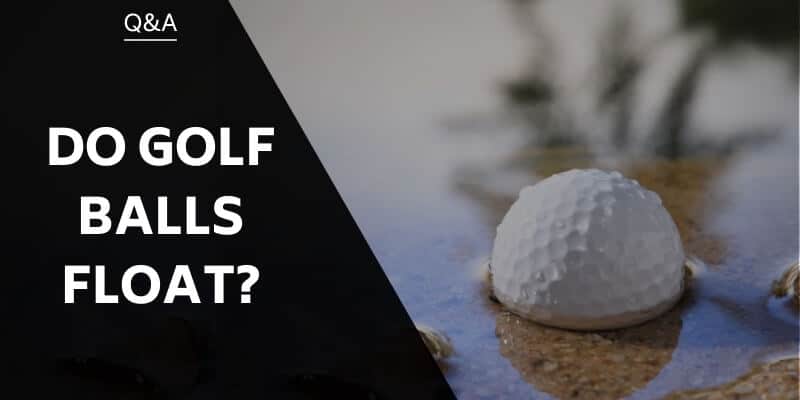Golf is a sport that has been enjoyed for centuries, and it continues to attract new players every year. However, golf can be a challenging game, and many players face the challenge of navigating water hazards on the course. This raises the question: do golf balls float? It’s a question that many golfers have asked themselves, especially when faced with the possibility of losing a ball in the water.
The answer is not as simple as a yes or no. There are many factors that can affect whether a golf ball will float or sink in water, including the material it is made of, its construction, and its condition. The science of buoyancy also plays a role, as the density of the ball and the density of the fluid it is placed in can determine whether it will float or sink.
Understanding whether golf balls float has practical applications on the golf course. Golfers can make more informed decisions about whether to attempt to retrieve a ball from a water hazard or to consider it lost. Additionally, understanding the environmental impact of lost golf balls can help golfers make more sustainable choices on the course.
In this article, we’ll explore the science of golf ball buoyancy, the factors that affect whether golf balls float, and the practical applications of knowing whether golf balls float. So whether you’re a seasoned golfer or just starting out, read on to learn more about this fascinating topic.

The Science Behind Floating
To understand whether golf balls float, we need to first understand the science of buoyancy. Buoyancy is the ability of an object to float in a fluid, such as water or air. The amount of buoyancy an object has depends on its density and the density of the fluid it is placed in. If an object is less dense than the fluid it is placed in, it will float. If it is more dense, it will sink.
Golf balls are designed with dimples to help them fly through the air, but these dimples can also affect their buoyancy. Golf balls are typically made of a combination of rubber and plastic, which gives them a specific density. The surface area and depth of the dimples can also impact the golf ball’s buoyancy, as they affect the amount of air trapped inside the ball.
Factors Affecting Whether Golf Balls Float
Several factors can affect whether a golf ball floats or sinks, including the material it is made of, its construction, and its condition. Different types of golf balls, such as those designed for distance or spin control, may also have different buoyancy properties.
New golf balls are more likely to float than older, worn-out balls, as the dimples on newer balls are deeper and can trap more air. The condition of the ball can also affect its buoyancy, as dirt and debris can fill in the dimples and reduce the amount of air trapped inside.
Testing Whether Golf Balls Float
If you want to test whether your golf balls float, there are several methods you can use. One simple method is to fill a container with water and drop the golf ball in. If the ball floats, it has positive buoyancy. If it sinks, it has negative buoyancy. Another method involves measuring the ball’s weight in air and then in water, and comparing the two measurements to determine its buoyancy.
Practical Applications of Knowing Whether Golf Balls Float
Knowing whether golf balls float can have practical applications on the golf course. If you hit a ball into a water hazard, knowing whether it will float can help you decide whether to attempt to retrieve it or to consider it lost. Additionally, understanding the environmental impact of lost golf balls can help golfers make more sustainable choices on the course.
Conclusion
The question of whether golf balls float is more complex than it may seem at first glance. The science of buoyancy, the materials and construction of the ball, and its condition can all impact its ability to float or sink. By understanding these factors, golfers can make more informed decisions on the course and be more environmentally conscious in their play.
